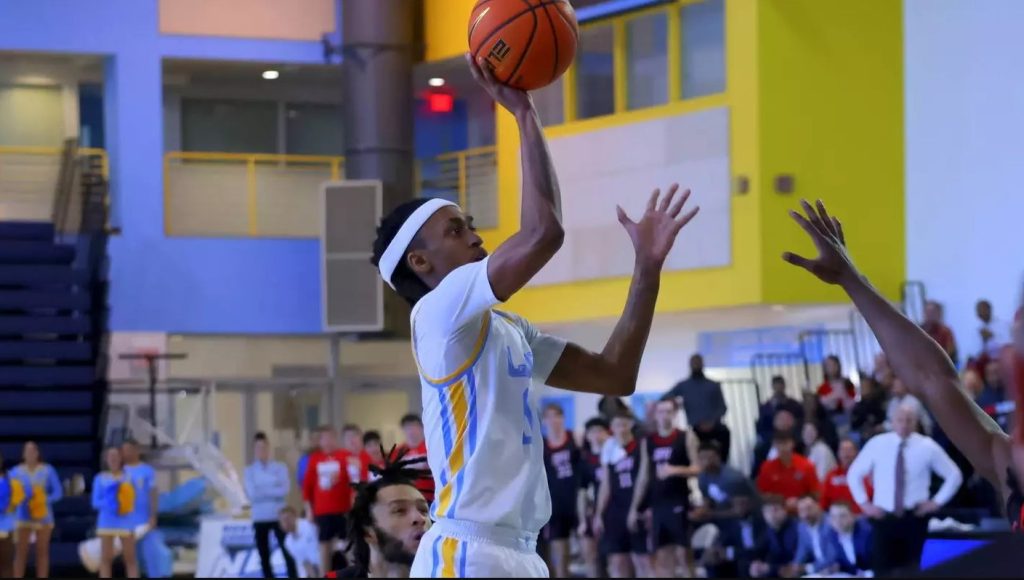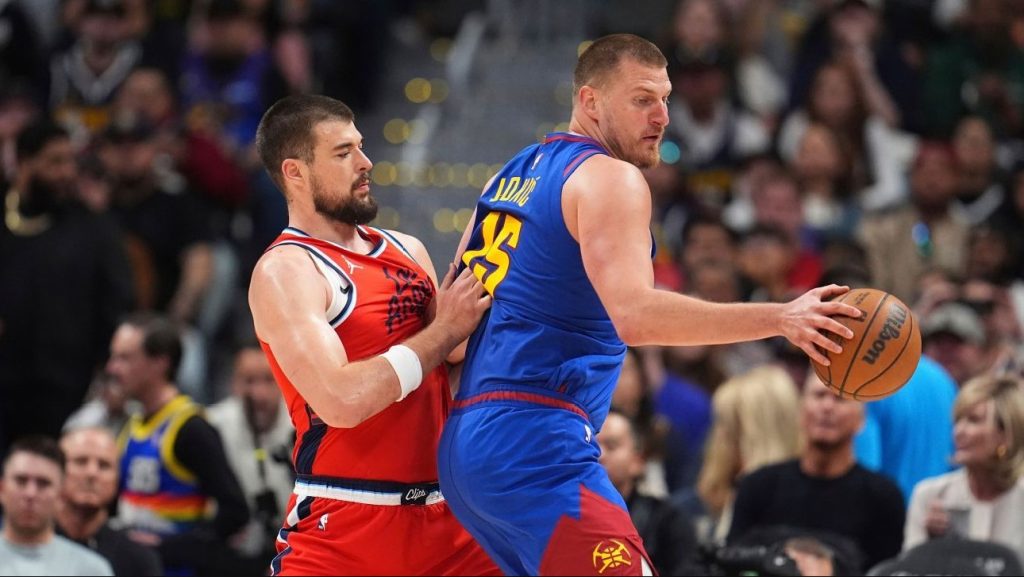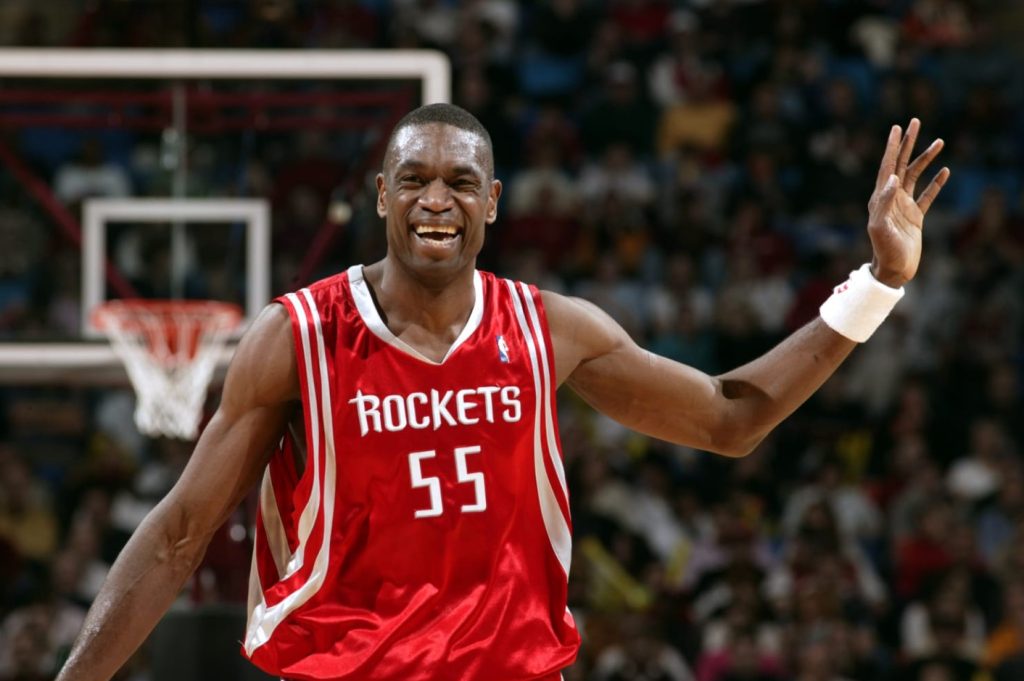Offensive: Basketball is a game of quick decisions, physical contact, and fast-paced movement. To maintain fairness and prevent excessive physicality, the game enforces several types of fouls. One of the most misunderstood yet significant types is the offensive foul. Unlike defensive fouls that involve illegal contact while trying to stop a player, offensive fouls occur when a player commits an illegal action while on offense—often resulting in a turnover and loss of possession.

Crazy Time: Table of Contents
In this article, we will explore what an offensive foul is, different types, how it is called, and its consequences. We’ll also look at how it differs from other fouls, with clear tables and real-game examples to help clarify the concept.
Definition of an Offensive Foul
An offensive foul is committed by an offensive player who uses illegal contact or movement that violates the rules while trying to score or gain an advantage. The most common example is charging—where an offensive player runs into a defender who has established legal guarding position.
| Aspect | Definition |
|---|---|
| Offensive Foul | Illegal contact by a player on offense, usually involving pushing, charging, or illegal screens. |
| Result | Turnover; opposing team is awarded possession. |
Common Types of Offensive Fouls
Several specific situations are categorized under offensive fouls. Here’s a breakdown of the most common types:
1. Charging
Occurs when the ball handler runs into a stationary defender who has established position.
| Action | Offensive Foul? | Explanation |
|---|---|---|
| Dribbler runs into a set defender | ✅ Yes | Defender is legal, offensive player initiates contact |
| Defender moves into path at the last moment | ❌ No | Block may be called on the defender instead |
2. Illegal Screen (Moving Screen)
Occurs when an offensive player sets a screen while moving or makes contact illegally.
| Action | Offensive Foul? | Explanation |
|---|---|---|
| Setting screen without contact | ❌ No | Legal play |
| Moving into defender’s path | ✅ Yes | Illegal screen; impedes defender unfairly |
3. Push-off or Hooking

Kg Time: An offensive player pushes off a defender using their arm or hooks the defender to gain space.
| Action | Foul? | Description |
|---|---|---|
| Using elbow to create space | ✅ Yes | Called a push-off or offensive elbow |
| Wrapping arm around defender | ✅ Yes | Often called as hooking |
4. Post-Up Offensive Fouls
Big men in the post may get called for fouls when they elbow, shove, or dislodge their defenders while backing them down.
Comparison: Offensive vs Defensive Fouls
Understanding the difference between offensive and defensive fouls is crucial.
| Factor | Offensive Foul | Defensive Foul |
|---|---|---|
| Committed By | Player in possession or on offense | Player defending the ball or space |
| Common Types | Charging, illegal screen, push-off | Reach-in, block, shooting foul |
| Result | Turnover, ball to opponent | Free throws or inbound for offense |
| Foul Counts | Counts toward personal & team fouls | Same |
Rules According to Major Basketball Leagues
| League | Offensive Foul Rule Description |
|---|---|
| NBA | An offensive player may not charge into a defender who has legal guarding position. Screens must be stationary. |
| FIBA | Offensive fouls result in turnovers, no free throws, and count toward team foul limit. |
| NCAA | Similar to NBA; emphasis on stationary screens and restricted arc awareness. |
How Referees Identify Offensive Fouls
Referees look for several criteria before calling an offensive foul:
- Legal guarding position: Defender must have both feet planted.
- Timing: Defender must establish position before the offensive player leaves the ground.
- Type of contact: Was the contact excessive or initiated by the offensive player?
| Referee Cue | Importance |
|---|---|
| Feet position of defender | Determines charge vs block |
| Movement during screen | A moving screen is automatically illegal |
| Use of arms or elbows | Push-off and hooking can draw fouls |
Real-Game Scenarios
Scenario 1: Fast Break Collision
- A guard drives into the lane during a fast break.
- A defender steps in and takes a hit with both feet set.
- Call: Offensive foul (charging).
Scenario 2: Illegal Screen
- A center moves into the path of a defender during a pick-and-roll without stopping.
- Call: Moving screen (offensive foul).
Scenario 3: Post Play
- A forward uses an elbow to push the defender off the block.
- Call: Offensive foul for illegal use of the arm.
Consequences of an Offensive Foul

Kaisi Time: An offensive foul has different effects depending on the game context:
| Consequence | Explanation |
|---|---|
| Turnover | The team loses possession immediately. |
| No Free Throws | Unlike defensive fouls, no free throws are awarded. |
| Personal Foul Count | Adds to the player’s personal fouls (5 in college, 6 in NBA). |
| Team Foul Count | Adds to the team’s foul total for the quarter or half. |
Important: If a player accumulates too many personal fouls (foul out), they are disqualified from the game.
How to Avoid Offensive Fouls
Players can avoid offensive fouls with better awareness and technique. Here are some tips:
| Tip | Why It Helps |
|---|---|
| Keep Head Up When Driving | Helps spot defenders and avoid collisions |
| Use Legal Screens | Set feet before contact; don’t lean or move |
| Control Off-Hand | Avoid pushing off with non-dribbling hand |
| Know the Restricted Area | In NBA/FIBA, a charge can’t occur inside it |
| Watch the Elbows | Keep elbows tight during post or spin moves |
Teaching Offensive Fouls to Youth Players
Explaining offensive fouls to young or beginner players requires patience and simple analogies:
- “Don’t bulldoze through traffic” – teaches players not to drive recklessly into defenders.
- “Set your feet like you’re planting a tree” – helps them understand how to set legal screens.
- Drill idea: Use a charge pad and teach players to recognize defender position vs movement.
| Coaching Drill | Purpose |
|---|---|
| Charge/Block Drill | Teach difference between legal vs illegal contact |
| Screen Setting Drill | Reinforce proper foot placement during screens |
| Controlled Drive Drill | Teach patience and spatial awareness |
Summary Table: Offensive Foul Key Points

| Topic | Detail |
|---|---|
| Common Types | Charging, push-off, moving screen, hooking |
| Result | Turnover, personal/team foul |
| Referee Criteria | Legal guarding position, foot placement, timing |
| Prevention Tips | Head up, legal screens, control of off-arm |
| League Rules | Consistent across NBA, FIBA, NCAA |
Offensive fouls may not be as flashy as a blocked shot or a slam dunk, but they play a critical role in the outcome of a basketball game. Understanding what constitutes an offensive foul can help players make better decisions, avoid costly turnovers, and maintain clean, efficient offensive play.
Whether you’re a beginner learning the basics, a coach teaching young athletes, or a fan trying to understand the referee’s whistle, recognizing the signs and rules of offensive fouls is essential. By mastering this aspect of the game, you contribute not only to your team’s success but also to the integrity of the sport itself.

